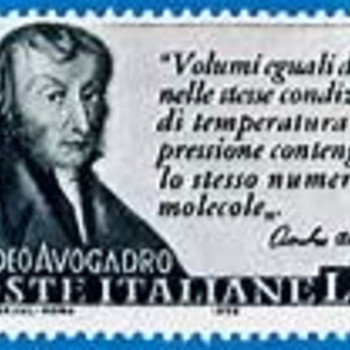Why do the alkali metals give dihydrogen gas upon treatment with water?
1 Answer
Because the alkali metal is strongly reducing, and supplies electron to break the the
Explanation:
For a Group I metal we can represent the equation this way:
This is an oxidation reduction reaction in which
The alkali and alkali earth metals are sufficiently active to enable oxidation by water - they are electron rich metals. Now, of course, since the water molecule has been chemically modified, the other half of the molecule acquires a negative charge, to give formal
Can you represent the oxidation of calcium metal by water to give

